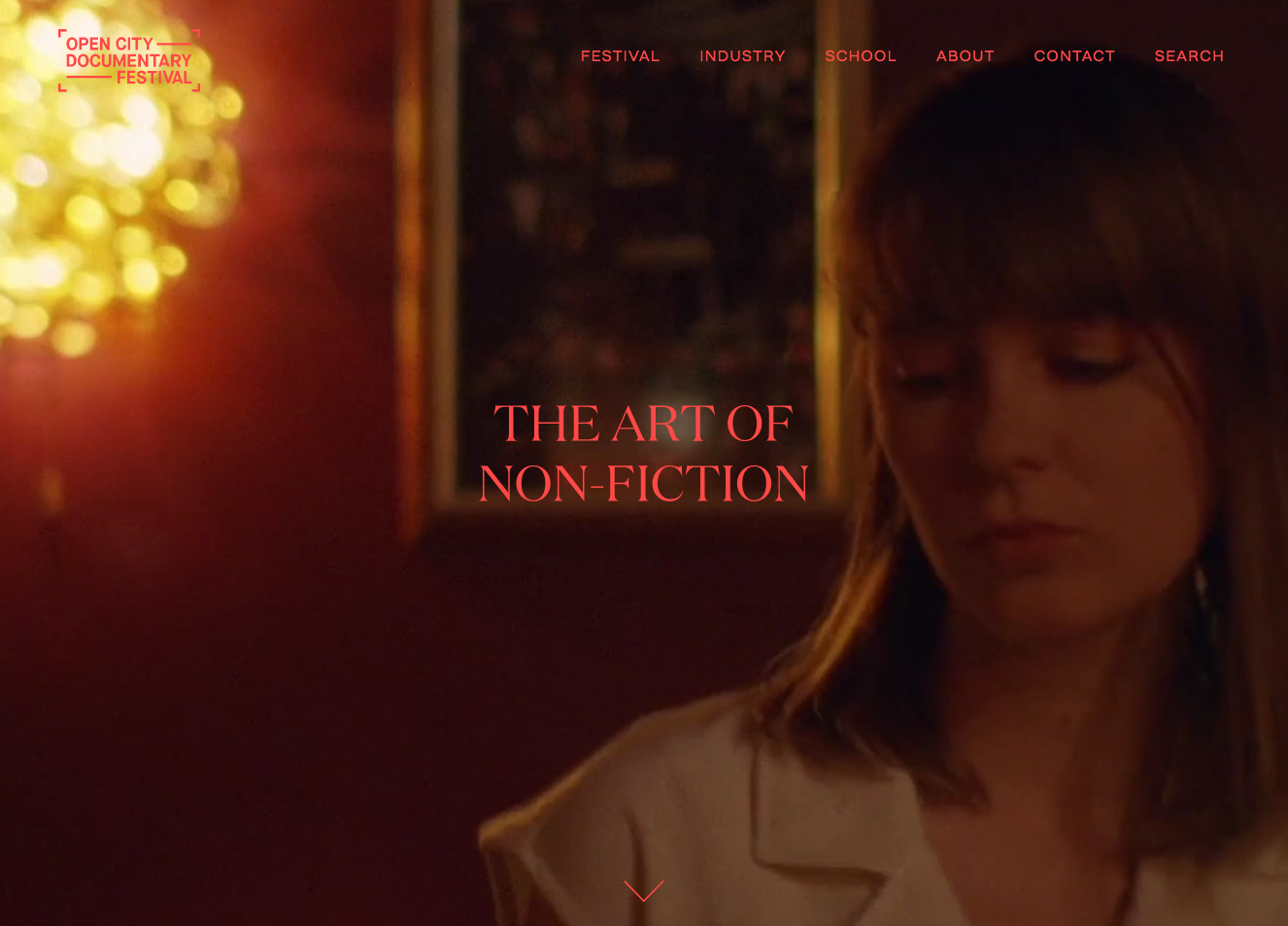The Ethics of Seeing, Open City Documentary Festival, London, 6th September 2018
This presentation and discussion (led by director Steven Eastwood and producer Elhum Shakerifar) focused on the making of a film about dying (Island), involving studies of four people in palliative care in a hospice on the Isle of Wight (review). It highlighted the challenge of gaining access, developing relationships and building trust in addressing a very difficult (taboo) subject. It helped me to understand the ways in which a photographer can work to overcome initial suspicions, and engage participants (not subjects) in the production of images. In settings such as this, it is easy to objectify people. Here the challenge is to give voice to participants and provide insight into their lives, whilst maintaining authorship and artistic responsibility. There is an interesting comparison to be made between this film (its production and final form) and photographic projects such as Michal Iwanowski’s work with elderly people with dementia in a care home (I Can’t Seem to Find My Moon Landing Photos) and Kaylynn Deveney’s (2013) use of diary form in the exploration of a couple living in a care home (and her subsequent project, The Day-to-Day Life of Albert Hastings, with an elderly neighbour, in which he, the person photographed, writes the text). The presentation highlighted a number of constraints of film as a medium, especially when dealing with difficult subjects. There are clearly restrictions on what can be broadcast (and interesting differences, for instance in relation to dying and death, between what can be depicted in fiction and non-fiction film form). Film’s temporal linearity and spacial constraint of the viewer place restrictions on engagement with the work. Photographic work in, for instance, a gallery setting (which might also include film, and other media) allows the viewer to dwell on particular work, move freely between components and re-sequence and relate elements, and construct alternative narratives or set of relations. Interestingly, the makers of Island have also created an installation piece for galleries alongside the production of the film, and discussed the extent to which this more effectively achieve what they had set out to do in the film, encouraging people to take time to contemplate and relate to images and accounts presented.
Deveney, K. (2013). The photographic diary as a reflexive methodology for documentary practice. In R. Miller, J. Carson, & T. Wilkie (Eds.), The Refexive Photographer (pp. 203–212). Edinburgh: museumsetc. Retrieved from https://www.museumsetc.com/collections/photography/products/

